Extreme heat, fires and flooding – all hallmark consequences of climate change – directly influenced this year’s UN climate change conference Cop30 in Belém, Brazil.
For the first time, this annual climate summit was held in Amazonia,
a place at the frontline of climate change. The pivot from the two previous conferences in petrostates Azerbaijan and UAE to a base in the world’s largest tropical forest (albeit in one the world’s largest oil producing countries) was jarring.
As Amazonian researchers, and past and present residents of the city, we saw the potential for Cop30 to move discussions further forward than its predecessors in two key ways.
First, and in contrast to many previous gatherings that have sidelined them – or suppressed them altogether – Indigenous and marginalised voices were impossible to ignore at Cop30. They have helped shape media narratives and discourse in the blue zone, the venue that hosted events in hundreds of dedicated spaces for national and organisational bodies.
The Belém gathering saw the largest Indigenous participation in Cop history, with around 900 registered representatives. The Cúpula dos Povos, a parallel event hosted at the Universidade Federal do Pará, gave many more Indigenous peoples and local communities a platform to argue against the status quo of relative inaction.
Read more:
Behind the scenes in Belém: The Conversation’s report from Brazil’s UN climate summit
Hosting Cop30 in Belém broke down the physical travel barriers for many potential attendees from Indigenous peoples and local communities. The summit organisers went beyond the normal attempts at tokenism in engaging them in discussions.
The region’s extensive river networks allowed many Indigenous peoples and local communities from across Amazonia to reach Belém by boat. They held a symbolic “people’s flotilla” with over 500 people in 200 vessels, sailing to demand their voices be heard in calling for climate justice and an end to mining and large infrastructure projects affecting their territories.
Meanwhile, the disruptive influence of some Indigenous protesters and their allies in breaching security lines and temporarily obstructing access to the blue zone hopefully focused minds inside, in addition to garnering global headlines.
Ricardo Stuckert / PR, CC BY-ND
The second reason to be hopeful from Cop30 was that the realities of climate and land use change are jarringly obvious in Amazonia. Belém’s oppressive heat and humidity were evident even within the main blue zone arenas. Many delegates were visibly uncomfortable.
This catalysed an official complaint from UN climate chief Simon Stiell about the climate conditions in the Cop venue, asking for “a clear delivery plan on how temperatures will be brought down within the next 24 hours”. The parallels to the goals of the wider negotiation process were hard to miss.
Read more:
Cop30: five reasons the UN climate conference failed to deliver on its ‘people’s summit’ promise
The city’s local climate became a protagonist in its own right. A huge thunderstorm during one afternoon flooded many roads and brought down trees across the city, causing power outages.
A recent study has shown that Belém is now experiencing more and more days of high “wet bulb” temperatures (which determine the comfort level of the atmosphere). Such temperatures can lead to deadly heat stress. Continued warming could make many parts of the tropics unlivable.
Social justice as climate justice
These climate consequences will disproportionately be felt by the less affluent, and significant social inequalities were laid bare to delegates travelling through the urban area – despite some major investment. The need to foreground social justice as climate justice, as argued by Brazilian president Luiz Inácio Lula da Silva in his opening speech, was visibly evidenced by the poverty in some suburbs and stark inequalities.
For many delegates flying into Belém, this will have been their first time in a tropical forest region. But this is the most heavily deforested region in Amazonia – a fact that is painfully evident to anyone flying in from the south on a clear day.
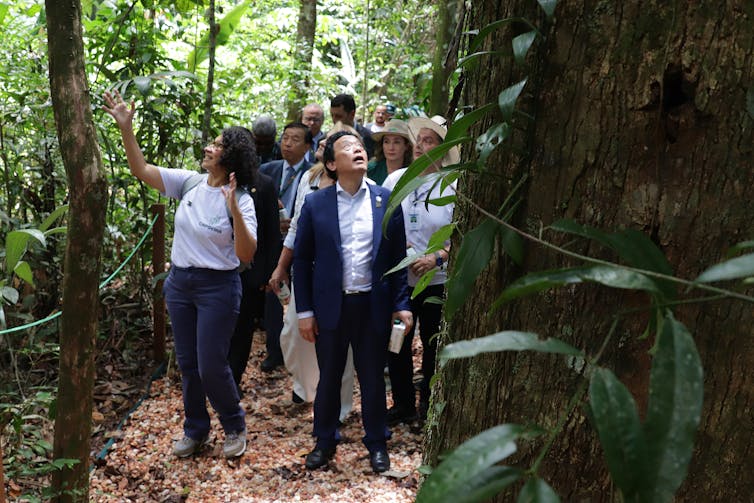
Embrapa, Author provided (no reuse)
In a Cop30 venue on the campus of the Brazilian Agricultural Research Corporation, our team guided delegates, including heads of state, royalty and CEOs of large multinationals on an interpretive trail through a regenerating patch of rainforest. Some visitors were moved to tears to experience a tropical forest and hear about its importance for climate and biodiversity.
This underscores the power of hosting Cop in such a critically important ecosystem. People could also see how a forest can grow back, if given the chance.
The biome and region were much more than just a venue or educational opportunity. The fate of the Amazon and other tropical forests became a focal point of many of the blue zone discussions, clarifying strong climate and nature links.
This facilitated a narrative shift towards a search for the enabling conditions of forest protection, the value of biodiversity, and the importance of community-led stewardship.
This prominence of both nature and forest citizens is key, as these are fundamental to climate justice and the development of fair and effective adaptation and mitigation strategies. For example, forest fires became a central theme in week two (when the blue zone itself was evacuated owing to an electrical fire).
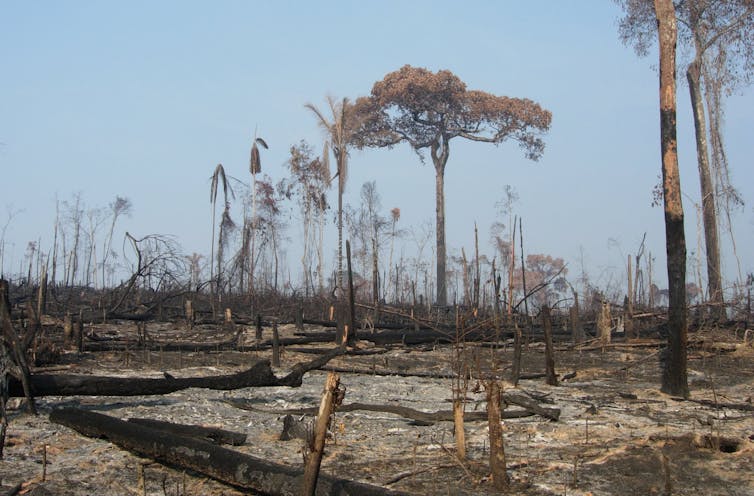
Alexander Lees, CC BY-NC-ND
However, while a stronger focus on nature is essential, the failure to address strategies for ending fossil fuel emissions was the bitter outcome of Cop30. The presentation of the updated global carbon budget showed that we have only four years left to stay within 1.5°C of warming. That’s clearly an impossible task.
Although Belém helped bring the social and ecological effects of climate change to the forefront, the final declaration (which unbelievably contained no direct reference to fossil fuels) demonstrated once again that vested interests remain the strongest barrier to progress, and that climate justice risks continuing as mere rhetoric.

Don’t have time to read about climate change as much as you’d like?
Get a weekly roundup in your inbox instead. Every Wednesday, The Conversation’s environment editor writes Imagine, a short email that goes a little deeper into just one climate issue. Join the 47,000+ readers who’ve subscribed so far.

The post “Why hosting the UN climate summit in the Amazon was so important, despite the disappointing outcome” by Alexander C. Lees, Reader in Ecology and Conservation Biology, Manchester Metropolitan University was published on 11/24/2025 by theconversation.com












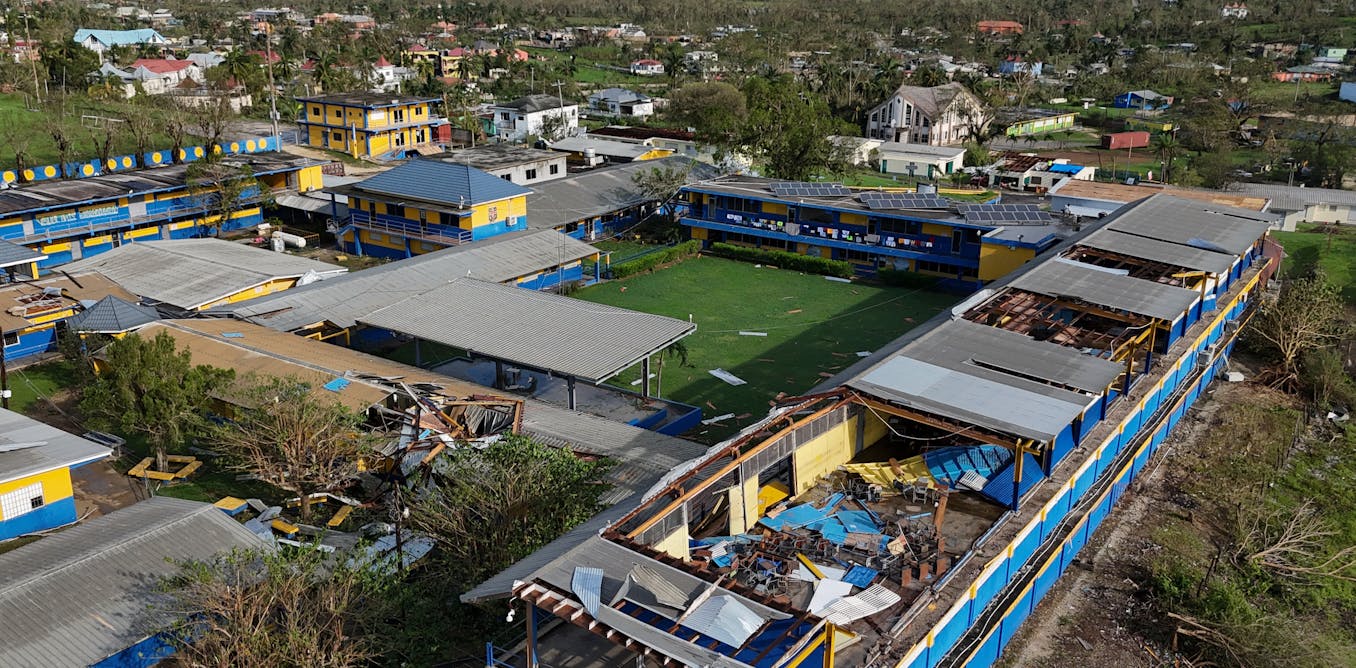


















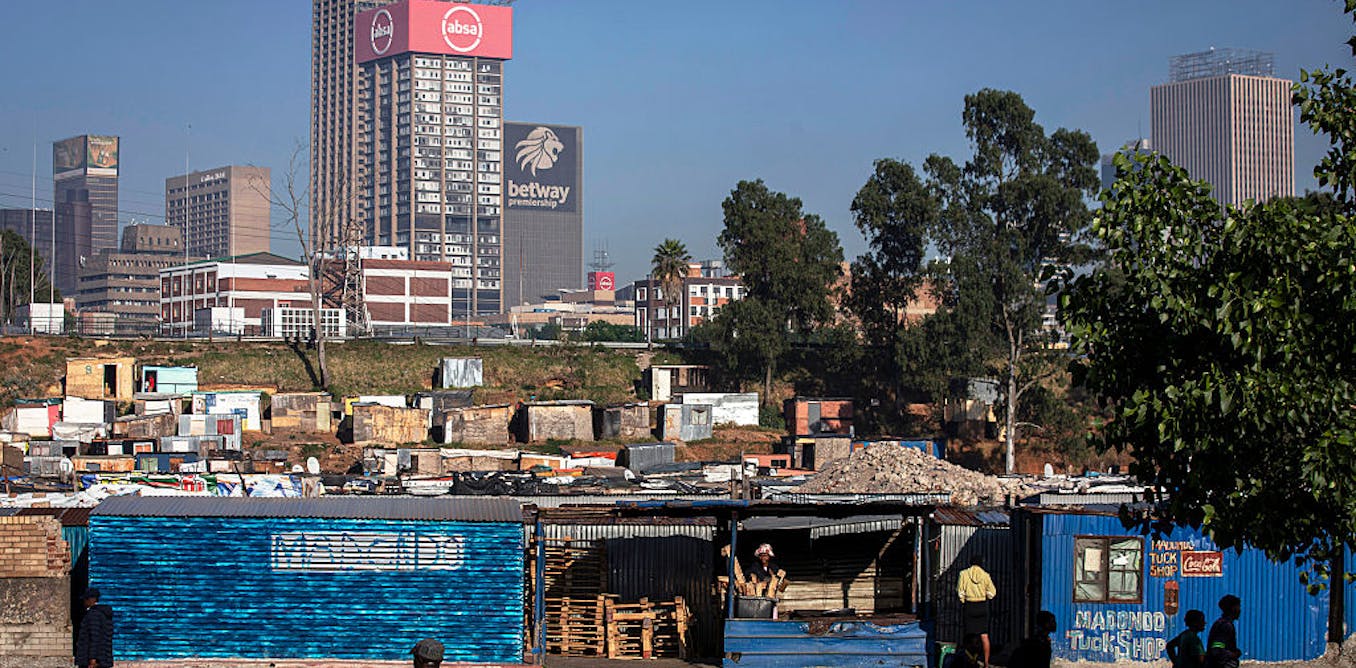
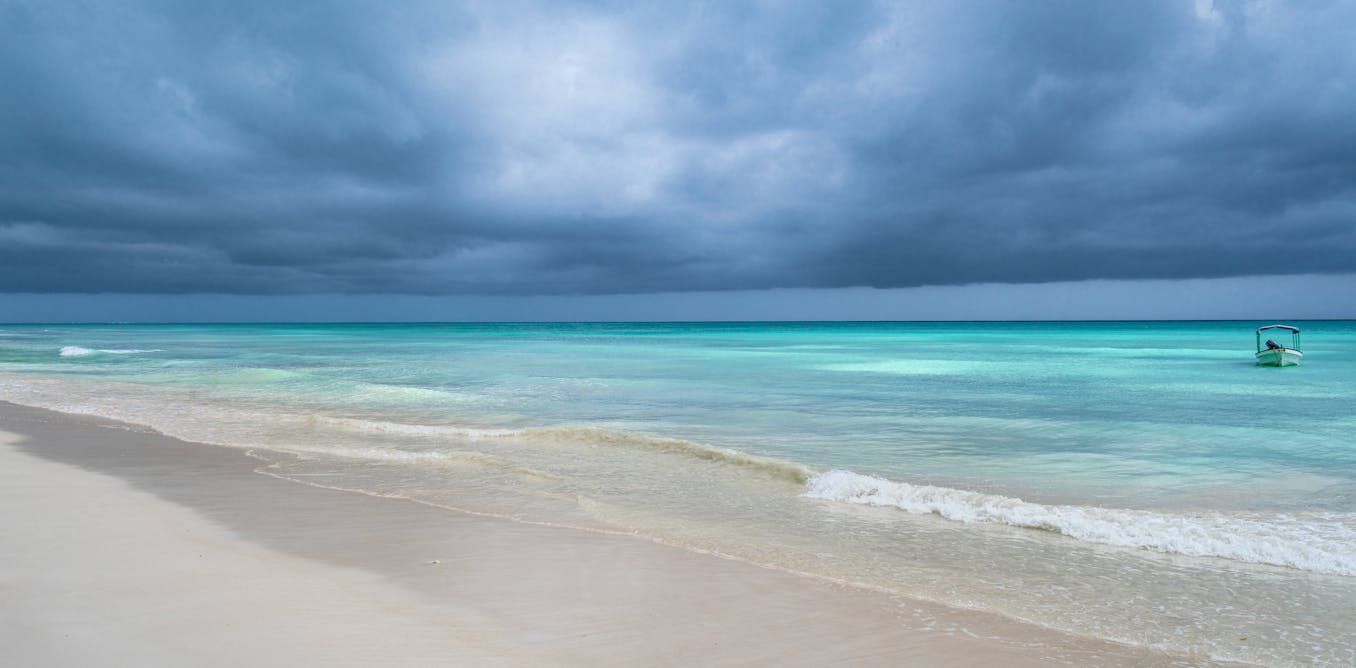
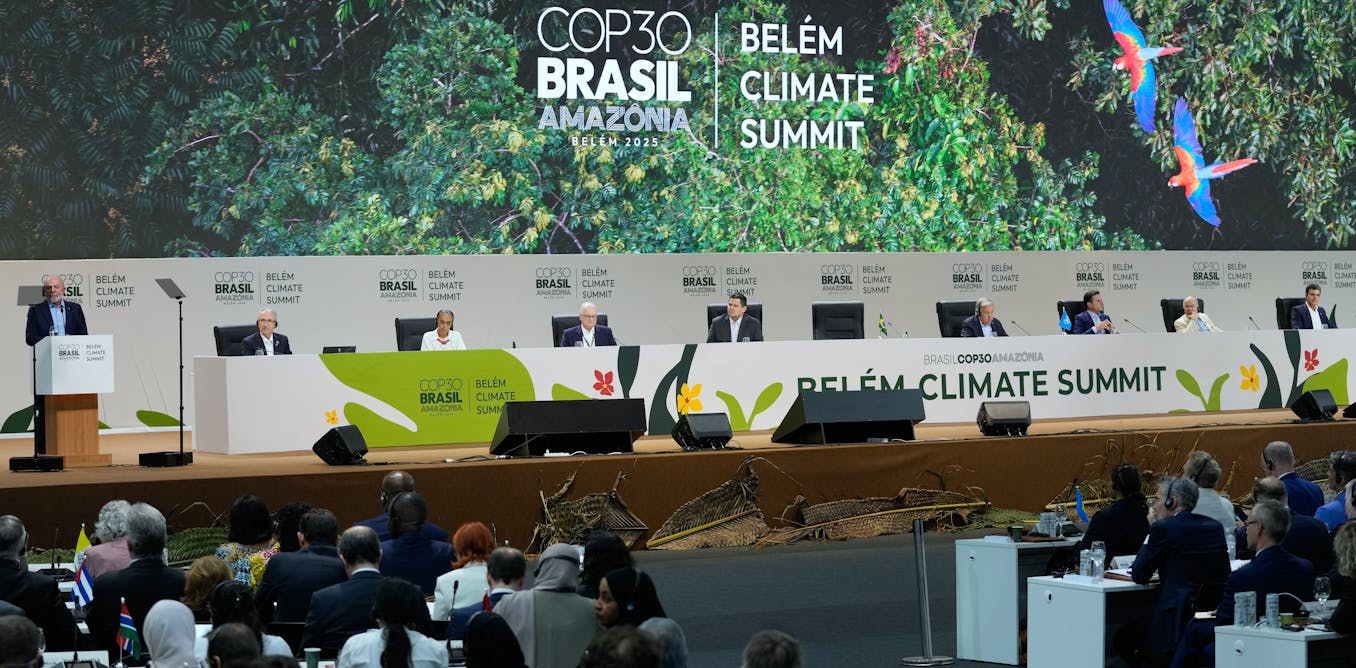
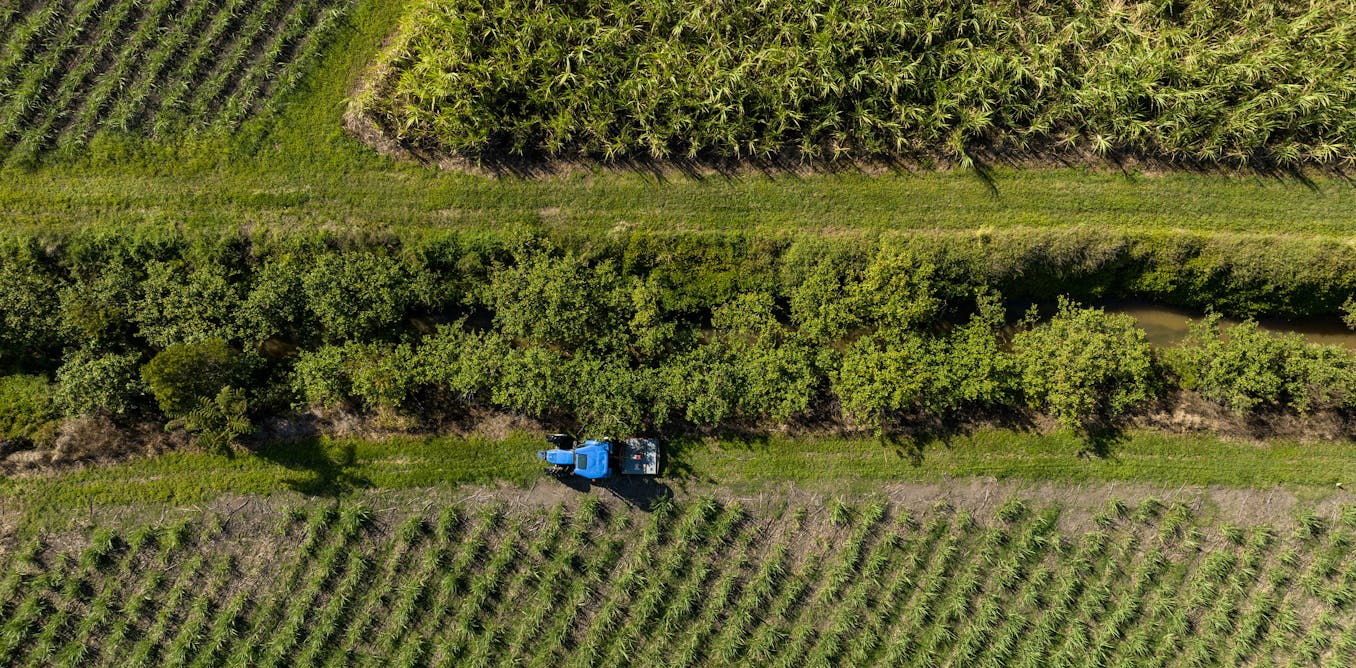
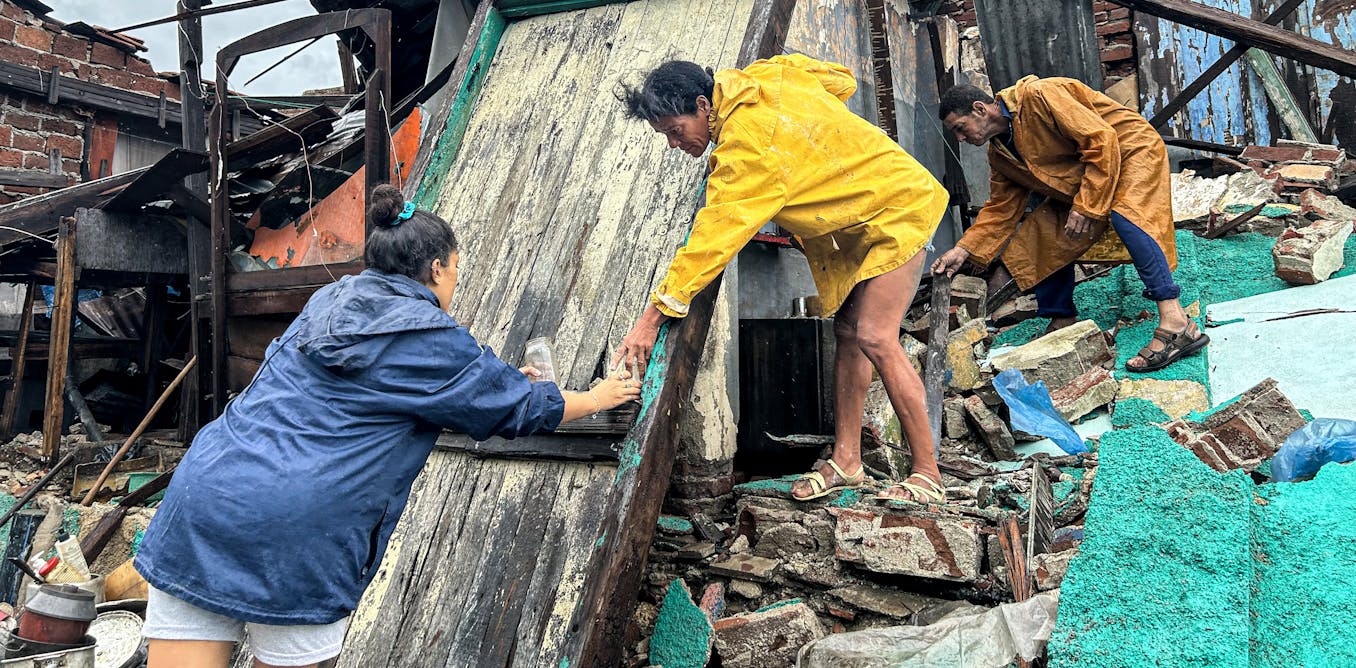
Leave a Reply